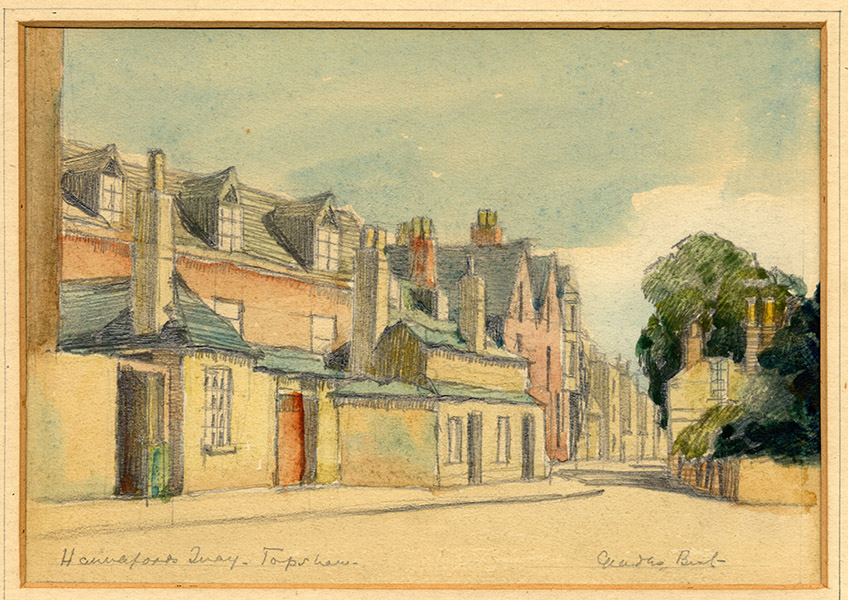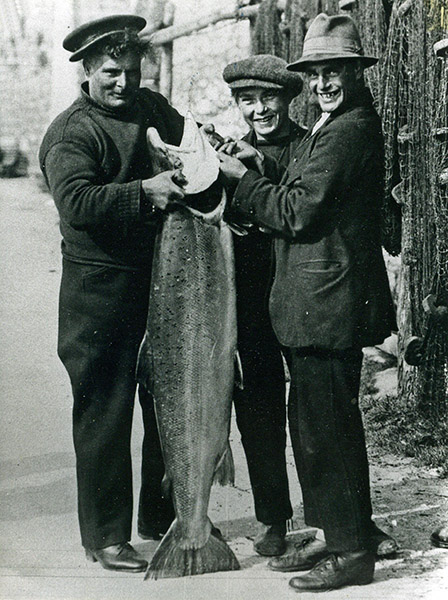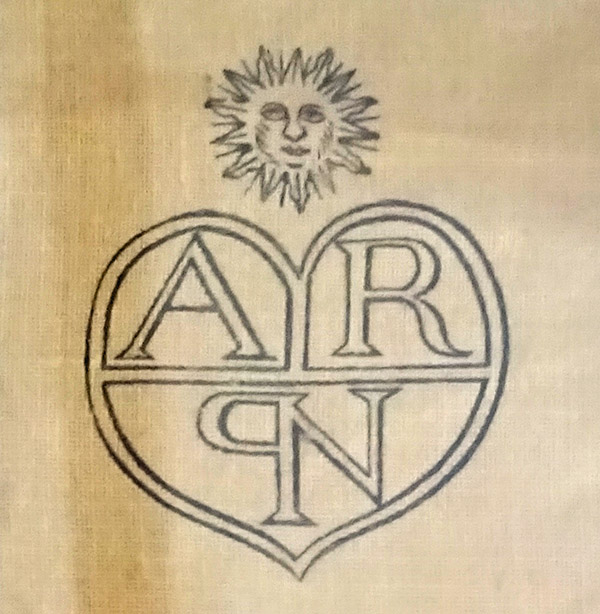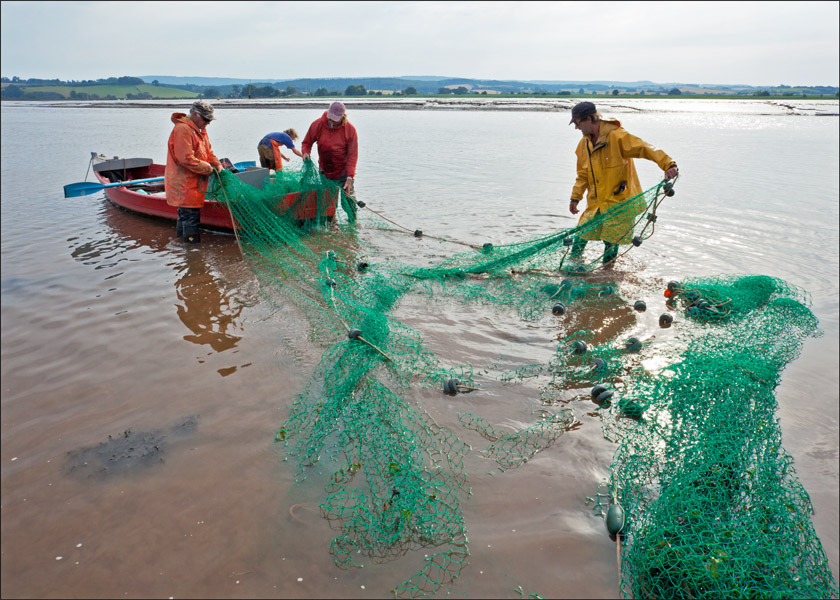Topsham has always been a working town with its main trades varying over time.
The river provided employment to ship builders, sailmakers, nail and iron workers and our collection includes tools, examples of items made in the town and records of their use.
Our sail loft walls still have rings for stretching sails, and we hold coopers’ tools relating to the bottling of drinks and export of barrels of sprats – all part of Topsham’s commercial history. We also have examples of lace made by local women, particularly in Victorian times.
Until around 1800 the export of wool was a major business for Topsham: indeed, in 1754 nearly 25% of all British woollen cloth export took place at Topsham Quay.
Our collection relating to this includes a cloth wrapper, tillet blocks for printing on bales of cloth, and lead cloth seals identifying the exporters’ marks. In the sail loft you will find a tide clock used to tell the time of high tide at Topsham.
Fishing has also been a major employer, from voyaging to Newfoundland to catching salmon and eels on the Exe.
The rich fertile soil also saw the development of market gardening with produce sold locally until the railway arrived in 1861 when it could be sent to markets in London.
Topsham also attracted artists and some of their works are held in the museum.






